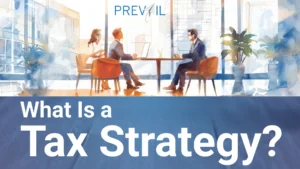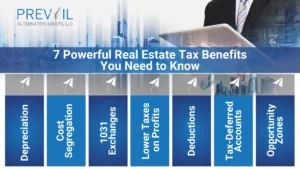Senior debt is the cornerstone of the capital stack in real estate investment, representing the most secure and lowest-risk form of financing. It holds the highest priority in repayment, meaning that in the event of a default or liquidation, senior debt holders are the first to be repaid. This priority status is what makes senior debt an attractive investment for lenders, despite offering lower interest rates compared to other financing options.
Characteristics of Senior Debt
Priority in Repayment: The primary characteristic of senior debt is its priority in the repayment hierarchy. In a capital stack, senior debt is repaid first before any other debts or equity interests. This reduces the risk for senior debt holders, as they are more likely to recover their investment in case of default.
Collateral Security: Senior debt is typically secured by a lien on the property’s assets. This means that the property serves as collateral, providing an additional layer of security for lenders. If the borrower defaults, the lender has the right to seize and sell the property to recoup the loan amount.
Lower Interest Rates: Because senior debt carries lower risk due to its priority and security features, it usually offers lower interest rates compared to mezzanine debt or equity. This makes it a cost-effective financing option for borrowers.
Loan-to-Value Ratio: Lenders typically offer senior debt based on a Loan-to-Value (LTV) ratio, which measures the loan amount relative to the property’s value. Common LTV ratios for senior debt range from 60% to 80%, ensuring a cushion that protects the lender in case of a decline in property value.
Advantages of Senior Debt for Investors
Low Risk: The primary advantage of senior debt is its low risk. Because senior debt holders have the first claim on the property’s cash flows and assets, their investment is more secure compared to other forms of financing.
Predictable Returns: Senior debt provides predictable and stable returns through fixed interest payments. This can be particularly appealing for risk-averse investors seeking reliable income streams.
Secured Investment: The collateral backing of senior debt adds an extra layer of security, further reducing the risk for investors. This makes senior debt a relatively safe investment choice in the real estate sector.
Disadvantages of Senior Debt
Limited Upside Potential: The main drawback of senior debt is its limited upside potential. While it offers secure and predictable returns, the interest rates are lower compared to higher-risk investments such as mezzanine debt or equity.
Interest Rate Sensitivity: Senior debt is sensitive to changes in interest rates. An increase in market interest rates can reduce the value of existing senior debt, affecting its attractiveness to investors.
Example Scenario
Consider a commercial property valued at $10 million. A lender provides senior debt financing of $7 million, representing 70% of the property’s value. This loan is secured by the property itself, meaning the lender has a claim on the property’s assets in case of default. The borrower benefits from lower interest rates, while the lender enjoys the security and priority of repayment.
If the property generates rental income or is sold, the senior debt holders are repaid first from the proceeds. Only after the senior debt is fully repaid do any remaining funds go towards repaying other debts or equity holders.
Conclusion
Senior debt plays a crucial role in real estate financing, offering a secure and stable investment option for lenders and providing cost-effective financing for borrowers. Its characteristics of priority repayment, collateral security, and lower interest rates make it a foundational component of the capital stack. Understanding the role of senior debt is essential for both investors and borrowers in evaluating the risk and return profile of real estate investments.



















